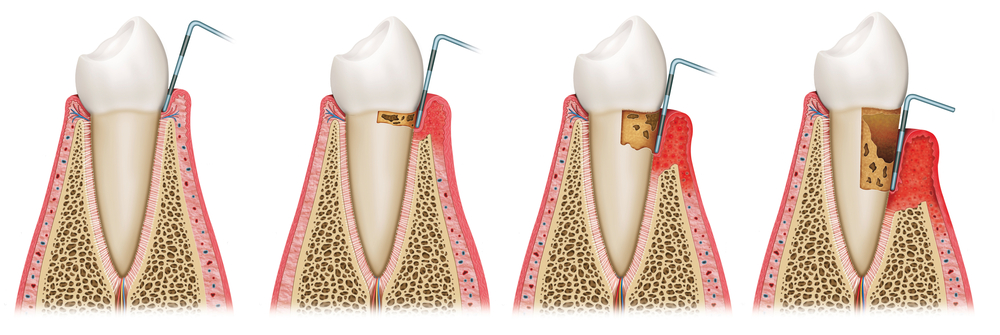Braces Rydalmere
Crooked teeth can be an issue is several ways. Most people will feel they look don’t look their best, which may be true. But misaligned teeth may also be difficult to clean. The top and bottom teeth may mean unevenly, causing rapid wear. And occasionally speaking and eating may be compromised. It is usually best to fix misaligned teeth, though is some cases, if there is no health issue, people are happy to leave them as they are.
Braces are the most common method of correcting misaligned teeth and jaws. But occasionally less severe or less complex problems can be fixed with Invisalign, or perhaps by crowns or veneers on a few select teeth.
Invisalign Rydalmere
These are popular with adults who do not like the look of braces, associating them with teenagers. Invisalign is effective for minor and moderate alignment issues.
Invisalign consists of a series of clear plastic mouth-guards that gently and persistently push the teeth into alignment. These mouth-guards can be removed for eating and drinking.
Invisalign is only slightly noticeable, and causes minimal discomfort. It may initially make speaking difficult.
Veneers Dundas Dental
Some tooth issues can be neatly fixed with veneers. These are thin coverings that are permanently bonded to the front of the teeth. They look like natural tooth, and can effectively change the shape of the tooth, even to the point where they make the tooth wider to fill in gaps between teeth.
Veneers can be attached in a single appointment, so they achieve results quite quickly.
Unfortunately veneers are not appropriate for jaw alignment problems.
Alternate Braces Telopea Dentist
Despite their good results many people do not like the appearance of braces. But there are some less obvious alternatives.
Ceramic braces work in the same fashion as traditional metal braces, but they are colour matched to the individual’s teeth, so they are less conspicuous. They are not as strong as some braces systems, so they will not be appropriate for all situation.
Lingual Braces Dentist Newington
In some cases the braces can be fitted over the back of teeth rather than the front. This makes them virtually undetectable, being hidden by the teeth themselves.
Having braces behind the teeth can make speaking and eating difficult, but this is true to a lesser extent of all braces. The individual soon adapts.
Newington Dentist
Braces work to give us neat, functional teeth. With a little effort the braces in our teens give us straight teeth for a lifetime.










